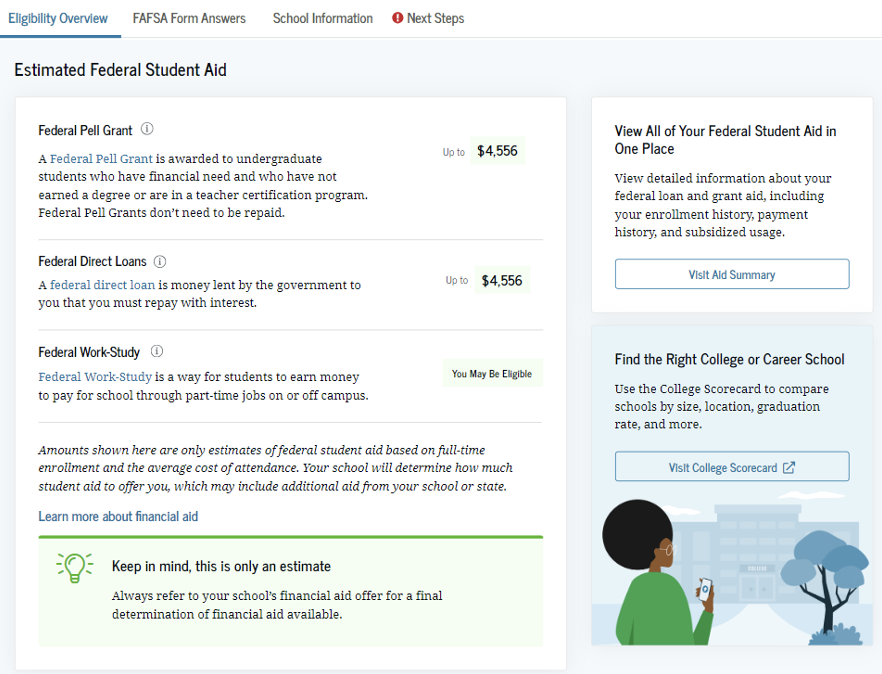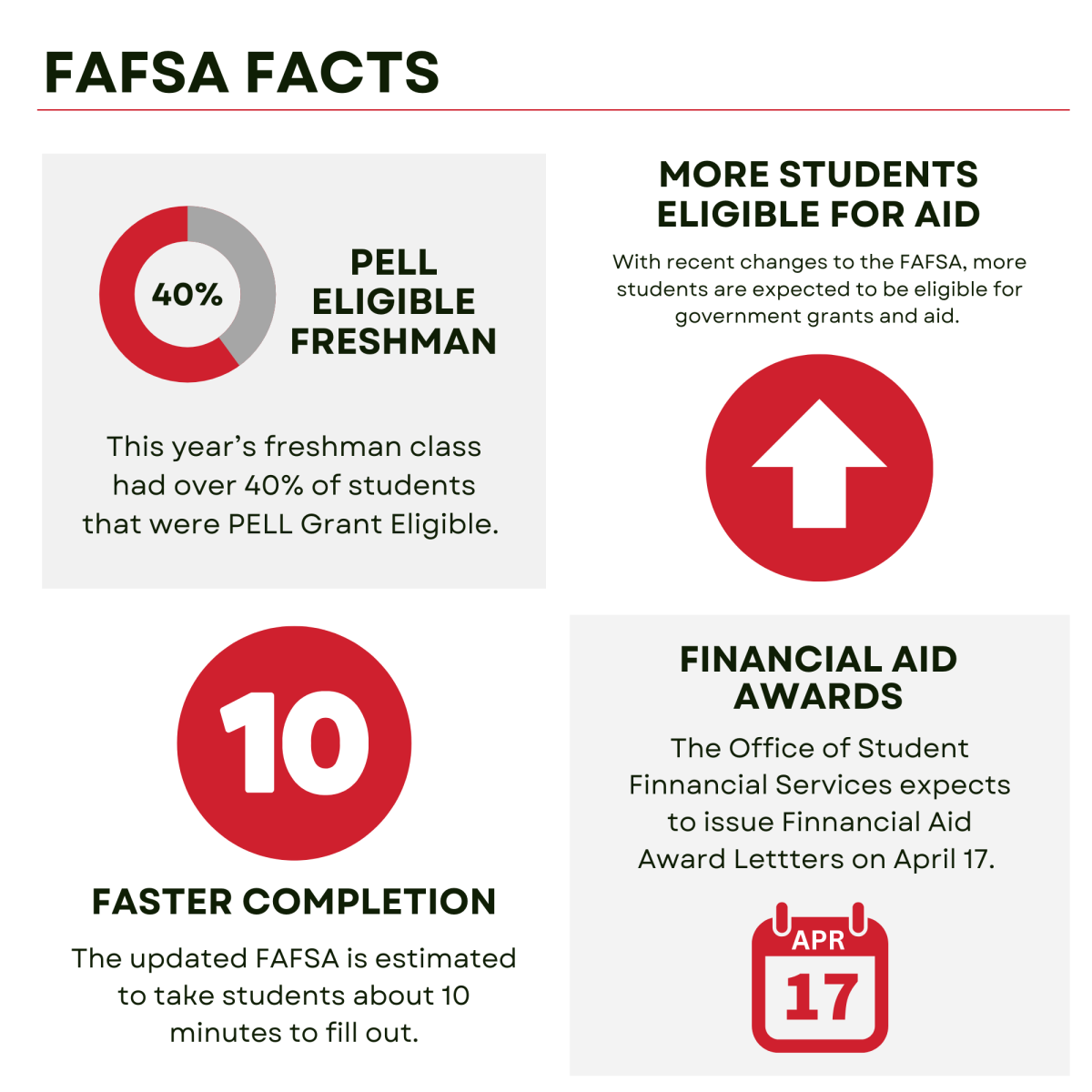By DAVID CRARY and JESSICA GRESKO
(WASHINGTON, AP) — Barriers went down at federal memorials and National Park Service sites, and thousands of furloughed federal workers returned to work across the country Thursday after 16 days off the job due to the partial government shutdown.
Among the sites reopening were Gettysburg National Park in Pennsylvania, and the U.S. Capitol visitors center. Hundreds of others across the country were ready to follow suit throughout Thursday.
“Just to be able to get back to serving the public is so important,” said Greg Bettwy as he prepared to return to his job in Washington with the Smithsonian Institution’s human resource department. Bettwy said he watched his spending carefully during the shutdown — choosing store brands at the grocery store and forgoing a trip to see a Penn State football game.
The Office of Personnel Management announced that workers should return to work on their next regularly scheduled work day — Thursday for most workers. Nationwide, hundreds of thousands of workers have been furloughed since theshutdown began Oct. 1. The office encouraged agencies to be flexible for a smooth transition by allowing telework and excused absences in some cases.
In Washington, the Capitol’s visitor center planned to resume tours Thursday, the United States Holocaust Memorial Museum was reopening, and the Smithsonian — overseer of many of Washington’s major museums — proclaimed on Twitter, “We’re back from the (hashtag)shutdown!” The National Zoo was set to reopen Friday, though its popular panda cam was expected to be back online Thursday.
The returning workers’ presence will be felt on the roads and rails in the Washington region, where commutes have been less crowded over the past two weeks. The regional transit agency, Metro, reported a 20 percent drop in ridership when theshutdown began and has said it lost a few hundred thousand dollars each day.
Osman Naimyar, a taxi cab driver in Washington, said his business dropped by 15 to 20 percent during the shutdown, and he was pleased to see it end.
“More business. More money,” he said.
Workers began filing in well before dawn at the U.S. Geological Survey’s campus in Reston, about 20 miles outside of Washington.
“Feels kind of strange,” said Kathleen Faison of Ashburn, a training specialist at the survey, as she headed into the office. “I kind of wish they would have kept us out until Monday.”
Faison said during the first few days of the shutdown, she followed the news closely, anticipating that she could be called back any day. But by week two, “I just kind of fell into my own personal routine,” she said.
She said she considered teleworking for the first day or two but eventually decided “I might as well just get back into the swing of things.”
Hydrologist Julian Wayland, carrying his lunch in a paper bag, said he wasn’t sure how much work had piled up during the shutdown. His primary job is determining the age of groundwater samples.
“We’re definitely behind,” he said. “I’m glad it’s over.”
In Ohio, visitor centers, restrooms and other areas at Cuyahoga Valley National Park were back in service.
The National Museum of the U.S. Air Force, at Wright-Patterson Air Force Base near Dayton, Ohio, also was reopening on a normal basis. It had been open only one day during the shutdown.
Nationwide, the impasse had shuttered monuments and national parks. In Florida, the closure of the Everglades National Park had put almost all Florida Bay off limits, but commercial fishermen were set to return Friday. Parks across the country made similar plans.
The shutdown also mostly closed down NASA, the Environmental Protection Agency and the Interior Department. Critical functions of government went on as usual, but the closure and potential default weighed on the economy and spooked the financial markets.
Standard & Poor’s estimated the shutdown has taken $24 billion out of the economy.
Among the sites reopening were Gettysburg National Park in Pennsylvania, and the U.S. Capitol visitors center. Hundreds of others across the country were ready to follow suit throughout Thursday.
“Just to be able to get back to serving the public is so important,” said Greg Bettwy as he prepared to return to his job in Washington with the Smithsonian Institution’s human resource department. Bettwy said he watched his spending carefully during the shutdown — choosing store brands at the grocery store and forgoing a trip to see a Penn State football game.
The Office of Personnel Management announced that workers should return to work on their next regularly scheduled work day — Thursday for most workers. Nationwide, hundreds of thousands of workers have been furloughed since theshutdown began Oct. 1. The office encouraged agencies to be flexible for a smooth transition by allowing telework and excused absences in some cases.
In Washington, the Capitol’s visitor center planned to resume tours Thursday, the United States Holocaust Memorial Museum was reopening, and the Smithsonian — overseer of many of Washington’s major museums — proclaimed on Twitter, “We’re back from the (hashtag)shutdown!” The National Zoo was set to reopen Friday, though its popular panda cam was expected to be back online Thursday.
The returning workers’ presence will be felt on the roads and rails in the Washington region, where commutes have been less crowded over the past two weeks. The regional transit agency, Metro, reported a 20 percent drop in ridership when theshutdown began and has said it lost a few hundred thousand dollars each day.
Osman Naimyar, a taxi cab driver in Washington, said his business dropped by 15 to 20 percent during the shutdown, and he was pleased to see it end.
“More business. More money,” he said.
Workers began filing in well before dawn at the U.S. Geological Survey’s campus in Reston, about 20 miles outside of Washington.
“Feels kind of strange,” said Kathleen Faison of Ashburn, a training specialist at the survey, as she headed into the office. “I kind of wish they would have kept us out until Monday.”
Faison said during the first few days of the shutdown, she followed the news closely, anticipating that she could be called back any day. But by week two, “I just kind of fell into my own personal routine,” she said.
She said she considered teleworking for the first day or two but eventually decided “I might as well just get back into the swing of things.”
Hydrologist Julian Wayland, carrying his lunch in a paper bag, said he wasn’t sure how much work had piled up during the shutdown. His primary job is determining the age of groundwater samples.
“We’re definitely behind,” he said. “I’m glad it’s over.”
In Ohio, visitor centers, restrooms and other areas at Cuyahoga Valley National Park were back in service.
The National Museum of the U.S. Air Force, at Wright-Patterson Air Force Base near Dayton, Ohio, also was reopening on a normal basis. It had been open only one day during the shutdown.
Nationwide, the impasse had shuttered monuments and national parks. In Florida, the closure of the Everglades National Park had put almost all Florida Bay off limits, but commercial fishermen were set to return Friday. Parks across the country made similar plans.
The shutdown also mostly closed down NASA, the Environmental Protection Agency and the Interior Department. Critical functions of government went on as usual, but the closure and potential default weighed on the economy and spooked the financial markets.
Standard & Poor’s estimated the shutdown has taken $24 billion out of the economy.


